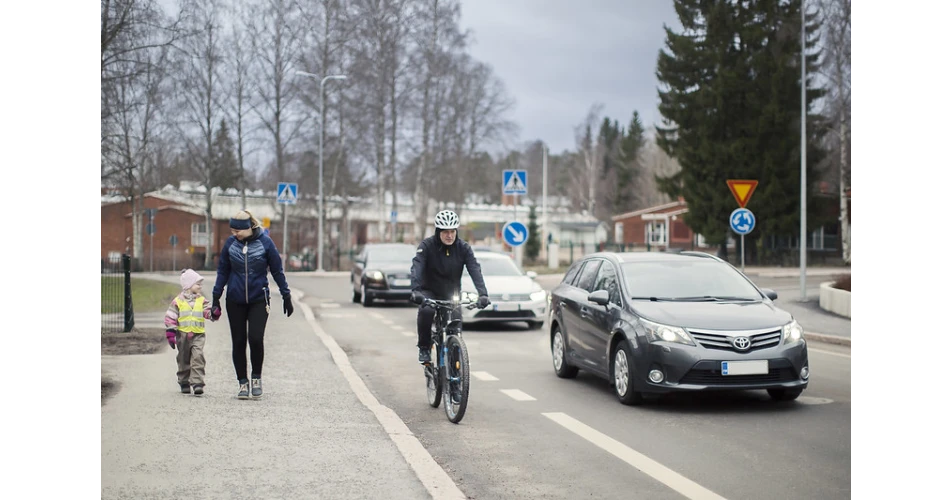For many years now, both road safety authorities and vehicle manufacturers have been floating the idea of zero road deaths. But while technology has made giant strides in reducing road fatalities, it has always seemed impossible to actually achieve that goal, often because of the unpredictable actions of road users and pedestrians.
However, an example of what can be achieved has just been seen in Finland, where capital city Helsinki has just gone a full year without a fatality. This means that in a great metropolitan area with a population of 1.5 million, no one has died on the roads since July 2024. By contrast in the 1980’s and 90’s, 20 or 30 deaths per year in the city were not uncommon.
So what can planners in other areas learn from the impressive results of Helsinki?
Firstly, almost half of the city streets now have a 30 km/h speed limit and it has extensively upgraded its pedestrian and cycling infrastructure in recent years. But perhaps one of the biggest factors is a reliable and impressive public transport system that has greatly reduced road use.
All of this has been part of a coordinated long term strategy, which is largely data driven. This has been coupled with traffic education programmes and the improvements in vehicle technology. It also has to be said, that this is against a backdrop of a willing and adaptable population.
